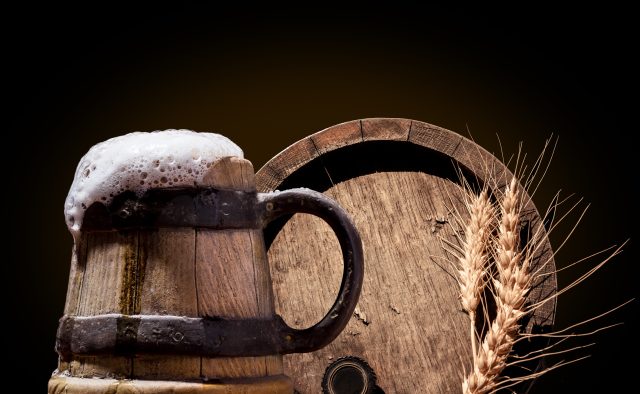This website uses cookies so that we can provide you with the best user experience possible. Cookie information is stored in your browser and performs functions such as recognising you when you return to our website and helping our team to understand which sections of the website you find most interesting and useful.
New research reveals that 16th century beer was just as strong as today
Beer was central to early modern life, with workers consuming as many as 15 pints a day, leading historians to assume their drams were weaker than ours today. But new research suggests they could have been as high as 5% ABV.

Researchers at Trinity College Dublin have spent three years recreating the brews of 16th century households in order to understand “the possible strength and nutritional value of early modern beers”, the study, led by Dr Susan Flavin, said.
Previous studies have suggested that men from rural households drank approximately four pints of beer a day. Records of skilled stonemasons employed by the Church show them receiving as many as 15 pints a day as part of their pay.
“Historians have unequivocally established the centrality to early modern dietary consumption of ale and beer,” the study explained.
As such, historians have assumed that the beer drunk in early modern times must have been weaker than that of today. However, the new interdisciplinary case-study undertaken by Dr Flavin and her colleagues sought to recreate the drams of 16th century Ireland in order to understand just how strong the early modern stomach really was.
Researchers noted that “in both popular and academic writing, there is a long-standing notion that pre-industrial beer, particularly that produced for everyday consumption, was relatively weak”.
The study was therefore necessary to derive an answer to “two major questions in the study of food and drink: how alcoholic was beer in the past and how much energy did it provide?”
The most detailed evidence for beer made in Ireland are the household accounts of Lord Deputy William Fitzwilliam at Dublin Castle, which the Trinity College Dublin team sought to recreate.
For the purposes of comparison, the researchers chose a specific Irish recipe, selected from Dublin Castle in 1574, which had a significant proportion of oats, allowing them to consider the nature of oat-based beer as well as barley-dominant malt.
The result was a flat, pale beer of which three batches were made, producing brews of 2%, 5.3% and 5% alcohol. The difference in potency was put down to the team acquiring a knack for the process, suggesting that early modern brews were indeed as strong as modern-day lager.
“The Dublin Castle beer, after three weeks of maturation, had an ABV of 5–5.3 per cent and an energy content of 260–72 kCal per pint. These characteristics made it highly comparable to modern beverages,” the study said.
Each pint of Dublin Castle beer contained just over 3 units of alcohol.
UK alcohol recommendations for women and men suggest you should to not exceed 14 units per week in order to avoid health risks. Based on the research findings, if the residents of the Irish lord deputy’s household consumed just 5 pints a day, they may have hit 15 units every 24 hours.
“Thus, the quantities of alcohol that staff and family members at institutions like Dublin Castle were encouraged to drink on a daily basis, as part of their regular diet, had the potential to cause significant inebriation,” the study stated.

